The purpose of investing is to obtain income from capital. Economic benefits are estimated not only by absolute, but also by relative indicators. In particular, the costs that had to be incurred in order to achieve a result. Investors are primarily interested in investments in which each ruble will bring maximum profit. To calculate such data, a special indicator is used - the index of return on investment.
Project Evaluation
The principle of determining effectiveness is to compare the analyzed indicator with the base value. In the matter of investments, such are a bank deposit and a discount rate. Investments are considered profitable, the income from which exceeds the profit from the deposit.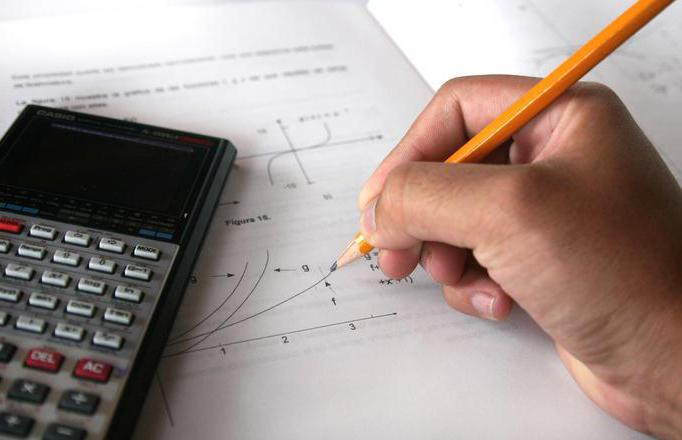
To analyze projects, indicators are used:
- net investment value (NPV);
- internal profitability (IRR);
- return on investment index (PI);
- ROC;
- payback (PP).
Let's consider each of them in more detail.
Net Present Value (NPV)
This indicator is calculated as the difference between the investment and the current value of payments. NPV excludes the time factor. If the value of the current value> 0 - the project is profitable; equal to 0 - an increase in volumes will not contribute to profit growth; <0 - the project is unprofitable.
NPV is an absolute indicator. Its value is strongly influenced by the initial amount of investment and the cost allocation structure. The greater the costs in subsequent periods, the greater the amount of net present value will be. Therefore, a high value of the indicator does not always mean a more efficient investment. Calculation formula:
NPV = ∑ [FV \ (1 + r)t] - IC, where:
- FV - discounted cash flow;
- IC - initial investment;
- t is the year;
- r is the discount rate.
NPV calculation example
For convenience and clarity, we put all the necessary numbers in the table.
| Income | Attachments | Discount rate |
| 0 | 279 | 0,91 |
| 0 | 186 | 0,83 |
| 186 | 0 | 0,75 |
| 279 | 0 | 0,68 |
| 372 | 0 | 0,62 |
Calculate the current value of the project
1. Discounted income:
PV = 186 x 0.75 + 279 x 0.69 + 372 x 0.62 = 561.3 thousand rubles.
2. Discounted amount of investments:
PV = 279 x 0.91 + 186 x 0.83 = 407.3 thousand rubles.
3. Net worth of investments:
NPV = 561.3 - 407.3 = 154 thousand rubles.
The key to calculating NPV is choosing discount rate. In this process, it is necessary to take into account the size of risk-free (bank) rates, the rate of costs, uncertainty, the risk of long-term investments, etc.
Discounting cash flows funds displays a project that generates more income. But the “best” investment may be risk-free.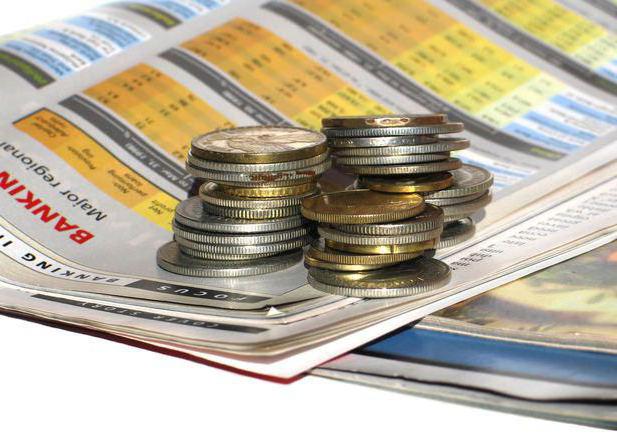
Rate of return (IRR)
This ratio characterizes the maximum cost of investments (expenses) that may be incurred in the framework of this project. If the financing is funded by a bank loan, then the IRR value indicates the upper limit of the service rate. If it is exceeded, the project will be unprofitable. Economic sense: an enterprise can make decisions whose profitability exceeds the current price of funds - SS:
- rate of return> SS - a profitable project;
- rate of return
- rate of return = SS - the project is break-even, but will not bring profit.
PI
The ratio of profit to the amount of invested capital, the discounted value of income per unit of investment displays the return on investment index. The formula for calculating:
PI = 1 + NPV: I, where I are the investments.
The rate of return on investment is relative. It displays the ratio net cash flow to the costs.Due to this advantage, the indicator can be used for a comparative assessment of projects that differ in the volume of initial investments. Also, the investment return index should be used to identify and exclude ineffective projects at the stage of consideration. Possible solutions are:
- If the return on investment index (PI)> 1.0 - investments will bring profit, provided that the selected rate is used.
- PI <1.0 - investments will not pay off.
- PI = 1,0 - the rate of return is equal to IRR.
Projects with a high return on investment index are more stable. But do not forget that large values of the coefficients do not always correspond to the level of net present value, and vice versa.
Example
Using the index of return on investment, we calculate the effectiveness of two projects. For clarity, we again use the table.
| Year | Project A | Project B | Discount coefficient | ||
| Income | Investments | Income | Investments | ||
| 1 | 0 | 500 | 0 | 780 | 0,83 |
| 2 | 270 | 0 | 345 | 0 | 0,75 |
| 3 | 330 | 0 | 525 | 0 | 0,68 |
| 4 | 375 | 0 | 600 | 0 | 0,62 |
| TOTAL | 975 | 500 | 1470 | 780 | |
Find the net cash flow for both projects:
NPV 1 = 270 x 0.75 + 330 x 0.68 + 375 x 0.62 - 500 x 0.83 = 244, 4 thousand rubles.
NPV 2 = 345 x 0.75 + 525 x 0.68 + 600 x 0.62 - 780 x 0.83 = 340, 4 thousand rubles.
We calculate the index of return on investment. Formula:
PI = 1 + NPV: I.
Obviously, PI depends on NPV. If the net cash flow is negative, then the project will not bring profit. If NPV> 0, then a project with a large indicator value will be considered more profitable:
PI 1 = 1 + 244.4 / 500 = 1 + 0.49 = 1.49.
PI 2 = 1 + 340.4 / 780 = 1 + 0.44 = 1.44.
Price change rate
ROC shows how the price has changed at the moment compared to the nth period in the past. It may be presented in points or percent.
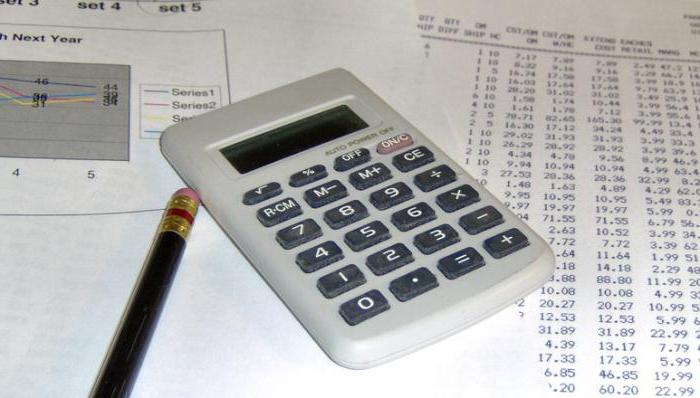
Discounted Return On Investment Index
In case of a one-time investment in the project, the discount index is calculated:
DPI = PV / IC, where:
- PV - current value of revenues;
- IC is the amount of the initial investment.
If the investment process is divided into several stages, then the indicator will be calculated using a different formula:
DPI = PVk : (ICk: (1 + r)k), where:
- PVk - current value of receipts for the period k;
- ICk - amount of investment;
- r - rate.
If DPI value < 1,0, then the project should not be accepted, since it will not bring additional income.
Payback (PP)
The period during which funds will be received in an amount that compensates for the initial investment is called the payback period. It is measured in months and years. The payback moment comes when the NPV becomes positive.
The calculation algorithm depends on the uniformity of income distribution. If the size is expected arrived normally distributed, then PP is calculated by the following formula:
PP = IC: FV.
PP should be less than the maximum acceptable period.
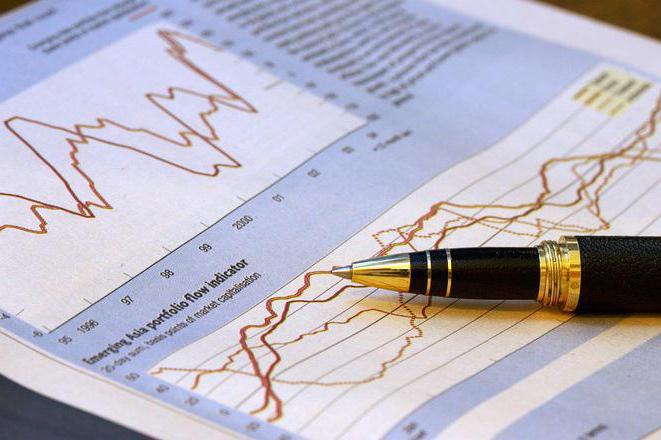 If the amount of income differs by year, then PP is determined by calculating the number of years for which income will be equal to the sum of the initial investment.
If the amount of income differs by year, then PP is determined by calculating the number of years for which income will be equal to the sum of the initial investment.
| Period | Cash flow, thousand rubles | Accumulated cash flow, thousand rubles |
| 0 | - 25 | -25 |
| 1 | 20 | -25 + 20 = -5 |
| 2 | 25 | -5 + 25 = 20 |
| 3 | 30 | 20 + 30 = 50 |
PP = 1 + 5: 25 = 1.2 years.
The PP calculated by this formula does not take into account the time factor. This drawback eliminates the discounted payback period (DPB) - the period of time that will be required to recover the investment at the expense of the present value of the proceeds. It is calculated by dividing the costs by the NPV given to date. When analyzing projects using PP and DPP, the following conditions are true:
a) the project is accepted if it pays off;
b) if the calculated period is less than the maximum allowable, which the company considers acceptable, then the project is accepted;
c) of a number of options, one is acceptable whose payback period is shorter.
DPP and PP provide approximate estimates of liquidity and risk.
| Period | Cash flow, thousand rubles | Accumulated cash flow, thousand rubles |
| 0 | - 30 | -30 |
| 1 | 17, 86 | -30 + 17,86 = -32,14 |
| 2 | 19, 925 | -32.14 + 19,925 = 12,215 |
| 3 | 21, 36 | -12,215 + 21,36 = 9,145 |
DPP = 1 + 12215/21360 = 1 + 1.57 = 2.57 years.
PP shows the number of years during which the initial investment pays off. But the investor hopes not only to return the funds, but also to make a profit.Economic profitability is determined for the period following the payback. If the duration of the project corresponds to PP, then the investor will incur a loss in the form of lost profits from other areas of investment.
DPP and PP have their pros and cons. They cannot be considered as the only selection criterion.
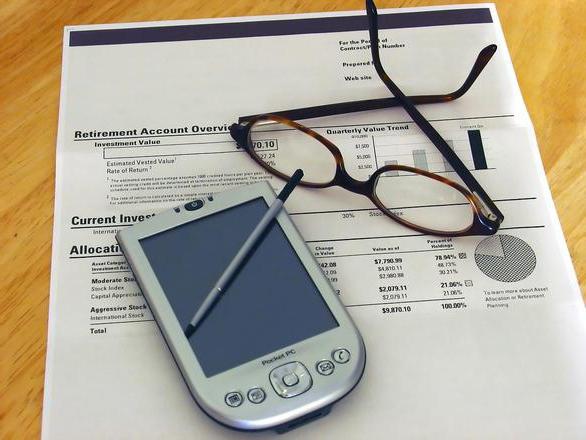
How to calculate profitability
Based on the above indicators, a decision is made to invest in the project. The following algorithm is used:
- NPV is calculated, the period for which this value exceeds zero is determined.
- The internal rate of return is compared with current deposit rates. If the IRR is above the bank's guaranteed income level, an investment is advisable.
- The calculation of the index of return on investment. Investments are advisable if the value of the indicator exceeds 1.
- From several options, the most profitable project is selected.








